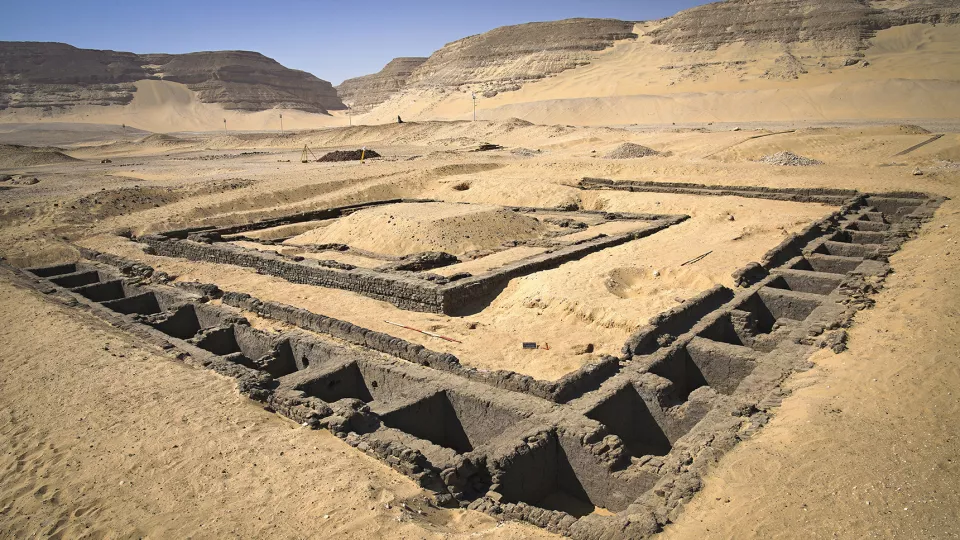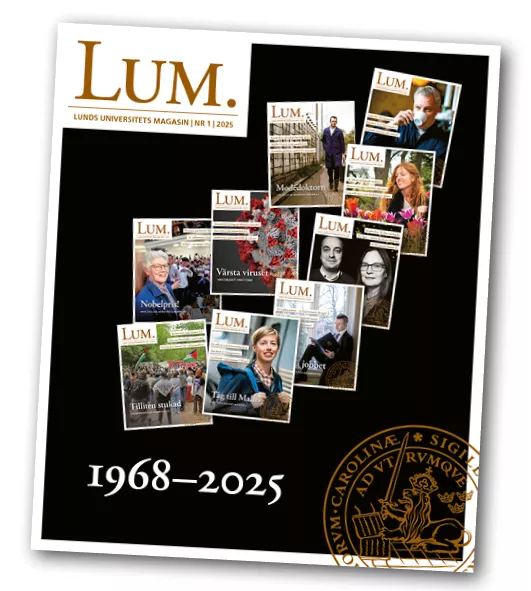When LUM spoke to Amber Hood, a researcher at the Department of Geology, she was making final preparations for this year’s field trip. There is sampling equipment to be packed, technical equipment to be checked and final orders to be delivered. Once in Egypt, suitable equipment is hard to come by.
Hoping to uncover new clues
For eleven weeks, Amber Hood and her colleagues will be working in the scorching sun to uncover new clues about the enigmatic Queen Meret-Neith, who lived in the first dynasty of ancient Egypt some 5,000 years ago, about 400 years before the pyramids at Giza were built.
“Unfortunately, there are few written sources about Meret-Neith. And what we do know often centres on the male royalty around her. We hope that our work will shed more light on the Queen in her own right,” says Amber Hood.
Since the late 19th century, the burial chamber measuring 16.5 by 14.3 metres has been excavated on several occasions. This year’s fieldwork focuses on the last 14 chambers of 50 in total.
Will investigate human sacrifice
During this field season, Amber Hood will investigate the long-standing assumption that human sacrifice was part of Meret-Neith’s funeral ceremony. Amber Hood’s role in the work is to find materials, such as sediments and ceramics, that could be linked to Meret-Neith and that are suitable for scientific analysis, both in the field and in museums. Amber Hood is examining the samples using luminescence analysis – a method of measuring the light coming from the samples, which enables their age to be determined.
“Material that was excavated before 1983 and is held in international museums can be analysed in our luminescence lab in Lund. I will examine new material, such as what we are excavating now, on site in a mobile lab,” says Amber Hood.
A weakness for wine
The tomb has been repeatedly looted over the years, and Meret-Neith’s body has never been found. One of the most spectacular discoveries Amber Hood has worked on so far is a series of storage containers. In the bottoms of these containers, the researchers found lots of grape seeds.
“It suggests that Meret-Neith had a weakness for wine,” Amber Hood says with a smile.
Fieldwork in Egypt is quite different from the work in the luminescence lab at the Department of Geology. Amber Hood remembers when, during her second dig in Abydos, two large scorpion spiders greeted her as she returned to her room after a day’s work in the tomb.
“Even though I am from Australia and I am used to spiders, I was quite scared. And because they are aggressive, I was not able to sleep in my room that night. Later I heard that a house cat had eaten one of the spiders,” says Amber Hood.







